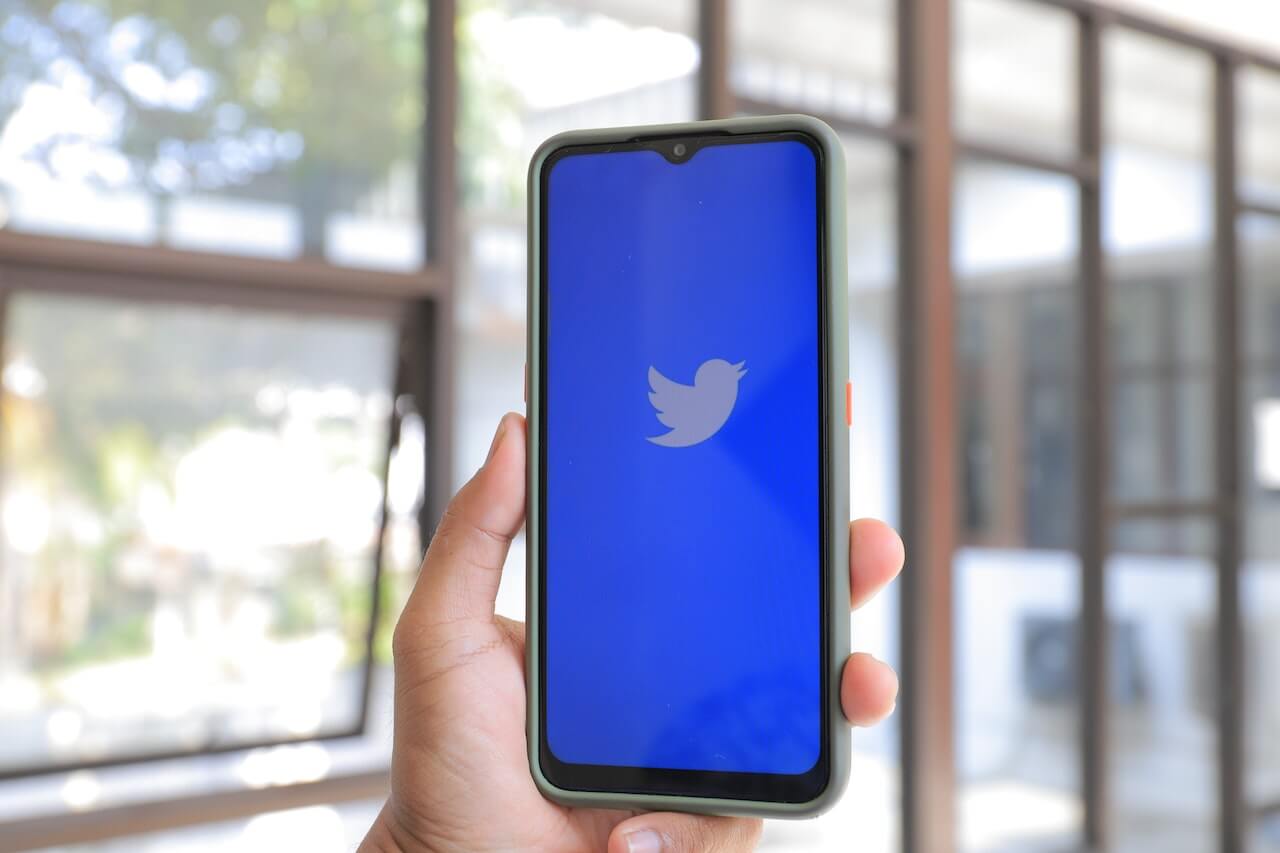Remember the scene in Network where the news anchor Howard Beale (played deliciously by Peter French) shouts his famous line, “I’m mad as hell and I’m not going to take this anymore!”? This past summer thousands of Target shoppers expressed that same sentiment online when they found out their favorite general store had donated piles of cash ($150,000) to an organization that supports Minnesota gubernatorial candidate Tom Emmer, whose tax policies Target said it liked, but who also holds anti-gay views and a few other controversial opinions, according to the Star Tribune:
“Emmer opposes gay marriage and abortion, supports Arizona’s immigration law, and previously has proposed chemically castrating sex offenders and steering state money away from AIDS prevention programs.” Insert your political reaction thought balloon here….
Of course big companies make donations all the time to politicians both sides of the aisle to cover their ah, clout with law makers. But the reaction to Target’s influence-peddling gift met an almost immediate Social Network avalanche and a tsunami of trad media as well. Some 58,000 Facebook friends joined together and called for a national boycott, plus the story generated more negative news coverage in August than five years worth of PR expenses paid to big flak companies to try and prevent that from ever happening. Once this Emmer thing went viral, it was all over for the Bullseye except for the back peddling.
On the other hand, the Jet Blue story about their employee slipping out on the job down the emergency chute was more contained by the low-cost airline, due to some extent by the way true Blue handled the story online, if you believe this analysis from Social Times below (and I do because in the age of sensational news reporting and crowd sourcing where almost anything can become “newsworthy” if enough people are paying attention to it, you need to take the air out of some stories quickly):
“The majority of media analysts felt JetBlue was sitting on a ticking PR time bomb by keeping silent. Finally, two days later, JetBlue posted 140 words on their blog with a mixture of tongue-in-cheek, self-depreciation and a reference to the cult movie Office Space.
How did JetBlue fare in the court of everyone’s opinion on the social web? Sit back and learn, because JetBlue nailed it. Its response was notable for four things:
- Acknowledging the weirdness of the situation rather than its seriousness may have kept the social media conversation away from topics that could have turned critical of JetBlue.
- Using a tone consistent with the JetBlue brand reinforced the brand as sufficiently resilient to weather this storm.
- Refraining from firing off a quick defense before they knew against what they were defending may have prevented the airline of having to defend itself at all.
- Responding only in their blog almost guaranteed wide distribution across social media.”
On the other hand – even though we have used both hands already and do not really have a third hand – can you really compare the two situations, an errant employee and an errant political donation? You decide and send me the verdict.
Yes, my friends, as that Arizona politician John McCain often says (although you wonder if he’s really their friends, like on Facebook,) that is the kind of PR strategy – or some shape of it — that every company large and small needs to have available for handling issues in a social media world. You can read the whole Social Times post here:
http://www.socialtimes.com/2010/08/jetblue-social-media/
Given the pervasive nature of communications online, you should start planning that strategy now. And, of course, don’t forget to bet on your favorite political racehorse by writing a fat check. It’s not too late. Just ask Target, which has yet to reconcile its widely accepted policy (in the business world) of spreading dollars around like fertilizer to party front runners without a visible thought to the social or ethical implications.
—————————
For more resources, see the Library topic Public and Media Relations.
—————————
Martin Keller runs Media Savant Communications Co., a Public Relations and Media Communications consulting company based in the Twin Cities. Keller has helped move client stories to media that includes The New York Times, Larry King, The CBS Evening News with Katie Couric, plus many other magazines, newspapers, trade journals and other media outlets. Contact him at [email protected], or 612-729-8585











